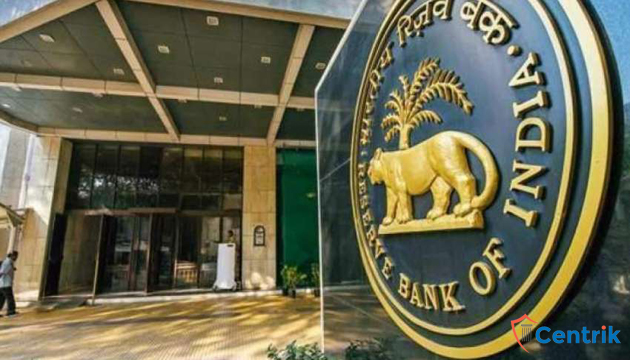
Status as on- 28/08/2020
The K.V. Kamath Committee shifts the onus for restructuring of retail and home loans on the banks. The committee along with banks is now working on the best available options to restructure home loans without extending the moratorium period by more than 2 years.
Introduction
As the Covid-19 has tremored all pillars of the economy, the banking sector is not untouched. Thus, the need for restructuring of certain laws has arisen to tackle the situation. For this purpose, the RBI has constituted a 5 member expert committee under the Chairmanship of KV Kamath to investigate the home and retail loan restructuring and submit its report by mid-September. But, the KV Kamath committee has decided not to investigate retail and home loan restructuring anymore and asked banks to draw up their own proposal which they will submit to their boards by early next month after getting an idea of the number of borrowers facing stress.
Now, the Lenders are working on restructuring options for home loans where the overall tenure of the loan does not extend by more than two years, even after relaxing the repayment schedule. Also, the options may include allowing EMI deferment for a few months in cases where the borrower has suffered total loss of income or allowing step-up EMIs with a lower payout for a couple of years to make up for a reduction in salary or loss of income due to the pandemic.
What does it mean?
The bankers are not in favor of providing a two-year moratorium. Thus, they are keen to restructure loans to avoid a situation having to classify defaulters as non-performing assets. Also, banks say this is not the right time to enforce security and attach assets invoking section 13 of the SARFAESI Act, 2002.
The committee will also decide under what circumstances a conversion of debt to equity would be allowed. In addition, every individual corporate loan, where bank exposure is over Rs 1,500 crore would be reviewed by the committee to consider restructuring.
According to the terms of reference of RBI’s appointment, the Kamath committee is expected to submit its report by mid-September. Bankers expect the committee to give various parameters for restructuring including the maximum debt-equity ratio to be allowed, the permissible leverage for each sector like hospitality, aviation, real estate, or construction.
Conclusion
Therefore, in this pandemic situation, full of losses and salary-cuts, the restructuring plan is a ray of hope for the borrowers. As the borrowers are already being stretched between the loan repayment and pandemic situation, the given restructuring plan will prove to be a supportive stride. Although it all depends upon the boards of the respective banks to find a mid-line in between the borrowers’ interest as well as theirs.
Disclaimer- The above article is based on the interpretation of the related laws and judicial pronouncements. The readers are expected to take legal advice before relying on this article. The author can be reached at support@centrik.in or call the IP expert at 8383011629




 join For Updates
join For Updates